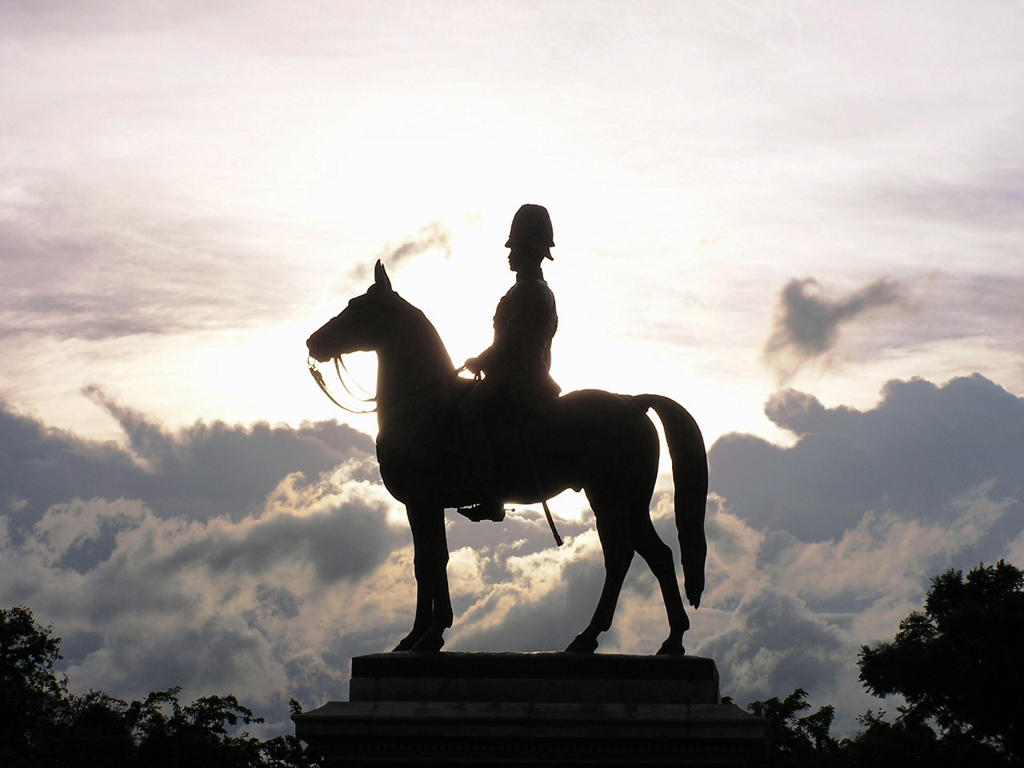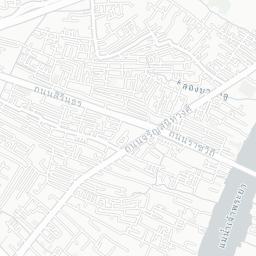About King Rama V (Chulalongkorn) Statue
The equestrian statue of King Chulalongkorn, Rama V, depicts the revered monarch astride a horse, dressed in military regalia. The bronze figure exudes authority and dignity, with intricate details on the uniform and the horse’s posture symbolizing strength and leadership. Surrounding the statue, the open plaza invites visitors to reflect on the legacy of one of Thailand’s most celebrated kings.
Historical Significance
Unveiled in 1908, this statue was commissioned by the Thai people to honor King Chulalongkorn’s contributions to modernizing Thailand. Known for his progressive reforms, Rama V abolished slavery, improved infrastructure, and strengthened the nation’s sovereignty during a time of colonial pressures. The statue, crafted in Paris by French sculptor Georges Saulo, represents the deep respect and admiration the Thai people hold for their king.
Plan your perfect trip to Bangkok with Travo! Download now and start exploring.
King Chulalongkorn’s Legacy
King Chulalongkorn, born in 1853, ascended the throne in 1868 and ruled until 1910. His reign marked a transformative era for Thailand, as he introduced Western-style education, legal reforms, and modern governance. The equestrian statue symbolizes his role as a protector and modernizer, embodying the strength and vision that safeguarded Thailand’s independence and prosperity.
Artistic Details
The statue’s craftsmanship highlights the king’s commanding presence. The horse’s poised stance and the king’s upright posture convey a sense of readiness and determination. The military uniform, adorned with medals and insignias, reflects his role as both a ruler and a military leader. The bronze material ensures durability, allowing the statue to stand as a timeless tribute to his legacy.
Symbolic Meaning
The equestrian statue is more than a work of art; it is a symbol of national pride and unity. Positioned prominently in front of the Ananta Samakhom Throne Hall, it serves as a reminder of King Chulalongkorn’s vision for a modern and independent Thailand. The horse represents strength and progress, while the king’s calm demeanor signifies wisdom and leadership.
Present-Day Significance
Today, the statue is a focal point for national celebrations, particularly on Chulalongkorn Day, observed annually on October 23rd. People gather to pay their respects, lay wreaths, and reflect on the king’s enduring impact. The site remains a place of reverence and inspiration, connecting Thailand’s past achievements with its aspirations for the future.

Location
พระลานพระราชวังดุสิต, 10300, กรุงเทพมหานคร





